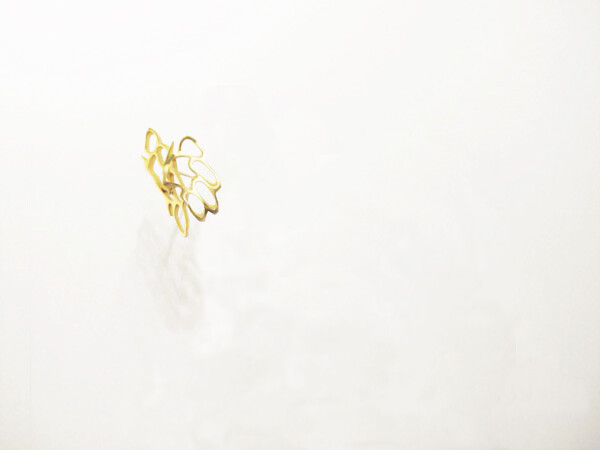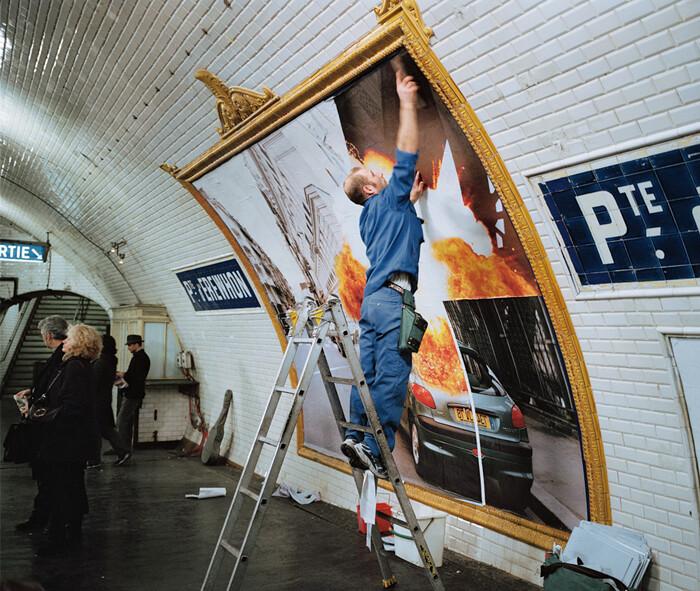Categories
Subjects
Authors
Artists
Venues
Locations
Calendar
Filter
Done
August 11, 2010 – Review
"Lush Life: An Exhibition in Nine Chapters," New York
Media Farzin

The premise is a nine-part exhibition inspired by an edgy crime thriller, promising equal parts complexity and intertextuality. The results, however, aren’t quite as involved. “Lush Life: An Exhibition in Nine Chapters” is grouping of a nine loosely-themed summer shows scattered throughout New York’s Lower East Side. The exhibition takes its cues from Richard Price’s 2008 novel, Lush Life, a murder mystery that unfolds around old and new ghosts of the neighborhood. But the connection stops at the level of inspiration. Not that the show is lacking in structure: the collaborative venture by painter Franklin Evans and independent curator Omar Lopez-Chahoud involved soliciting artists from each gallery, assigning a chapter title as theme to each venue, commissioning works specifically for the show, and even a website complete with a picturesque map and video tour by Price himself.
Walking through the galleries, however, the elaborate armature fades away. This may be to the show’s benefit, saving the work from becoming illustrations of the novel. Price’s Lush Life is mired in urban grit, with brisk dialogue and deft character studies that capture the desperation present in the neighborhood’s upscale bars no less than its outlying housing projects. But the grit of the “Lush …
June 12, 2010 – Review
"A Vernacular of Violence" at Invisible-Exports, New York
Tyler Coburn

In an untitled text from 2005, the artist collective Claire Fontaine drew a distinction from the shopworn idea of distributed, democratic power, claiming, “Now power explicitly exhibits all the violence it needs to conserve itself” and, thus, implicitly excluding the participation of society’s many constituents. Left to suffer a slow digestion in “the stomach of Capital,” such subjects habituate a type of political impotence that Fontaine, as a readymade artist, critically chooses “as both the means and subject of her work.” This impotence “is neither a disease to be eradicated nor a state of things that disqualifies us ethically,” the collective writes, leaving open to question the shape such ethics could take, and of the contribution of art to this field of activity.
The five other artists participating in “A Vernacular of Violence,” the ambitious group exhibition currently on view at New York’s Invisible-Exports, could be seen to share the collective’s supposition that violence — as empirical event and potential valence — has all but saturated contemporary parlance. Eric Baudelaire’s video Sugar Water (2006), for example, combines the aesthetics of urban terrorism and commercial advertising in delineating the contours of the post-9/11 era. Over the course of a single, seventy-two minute …